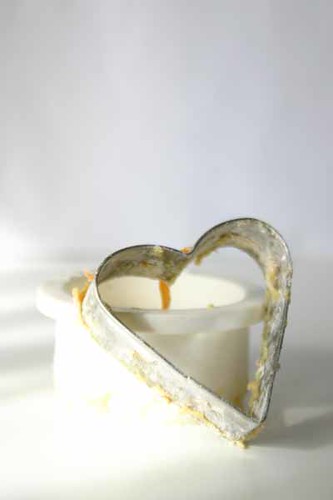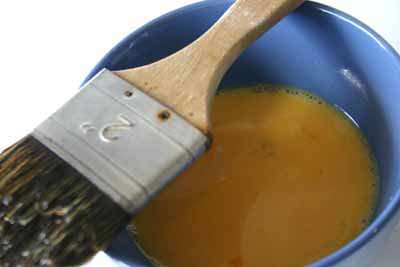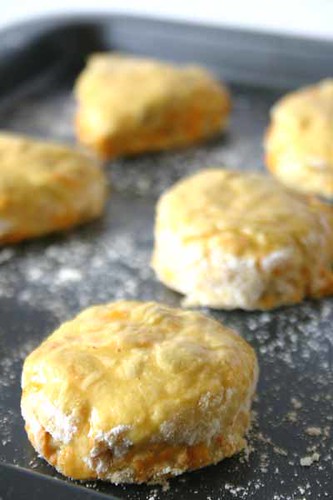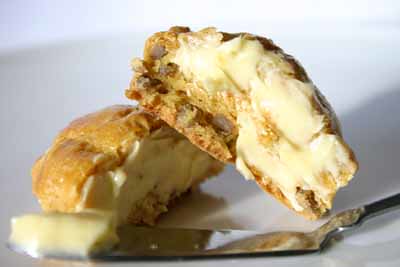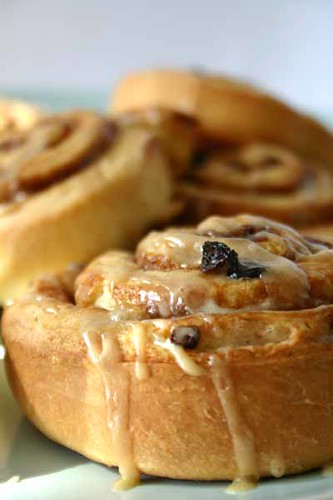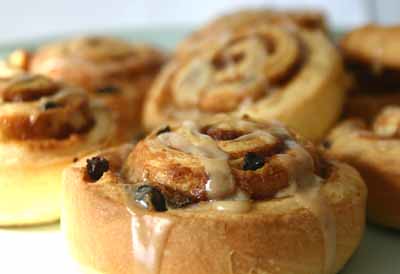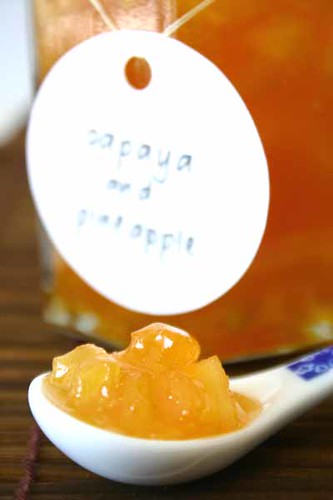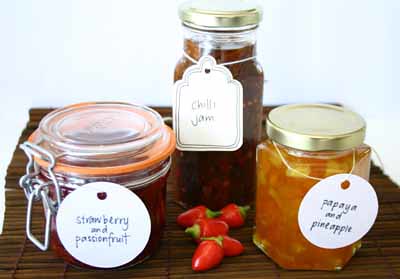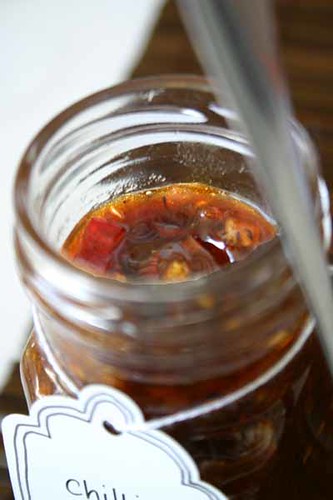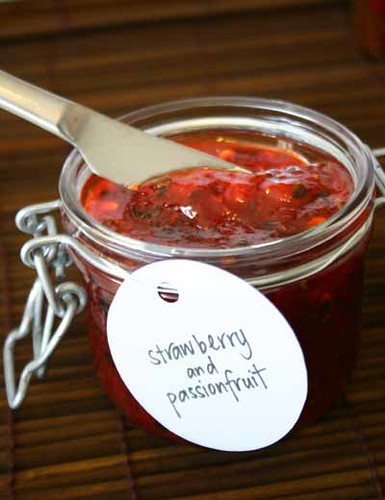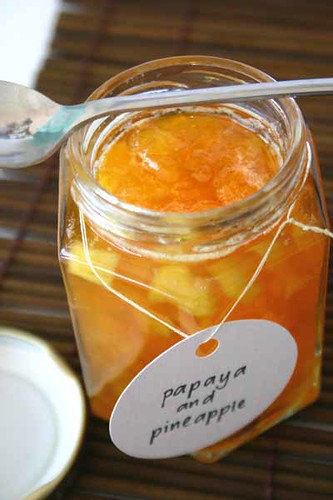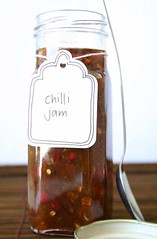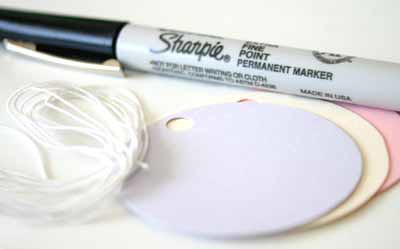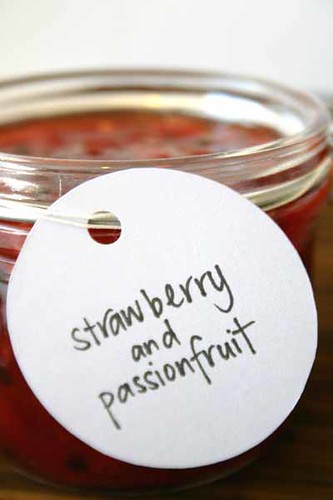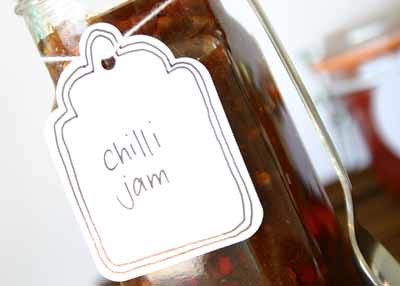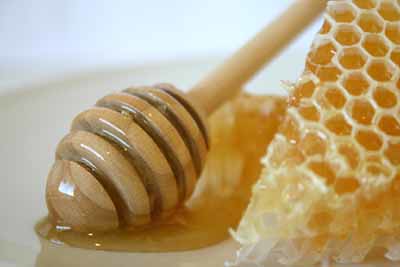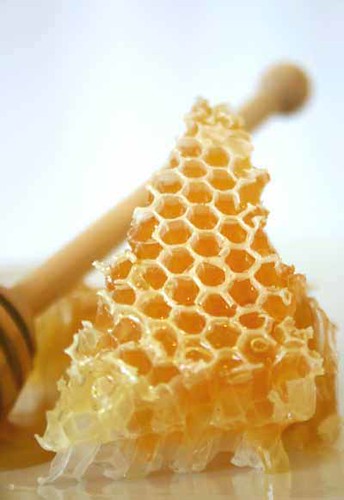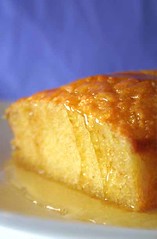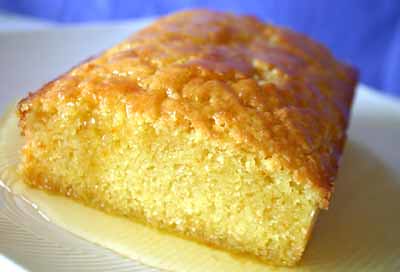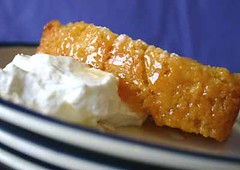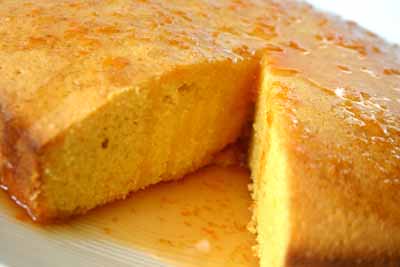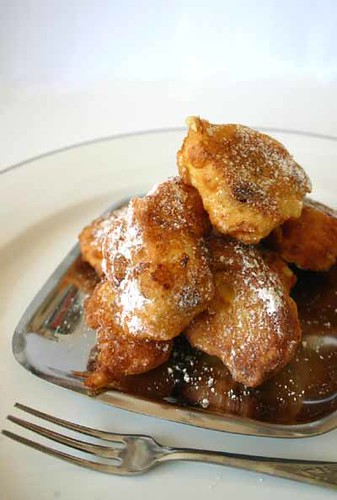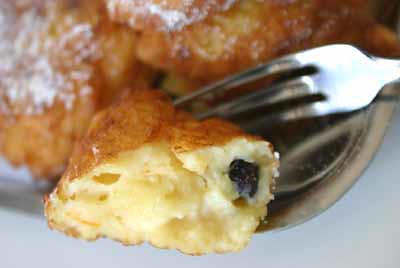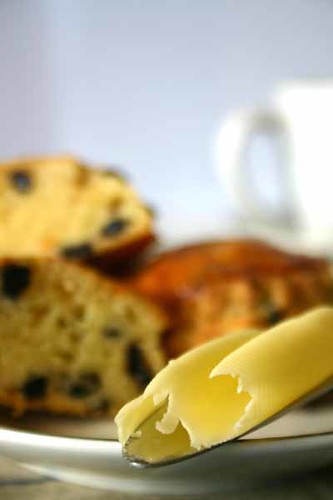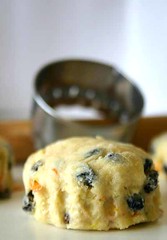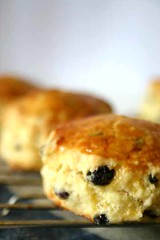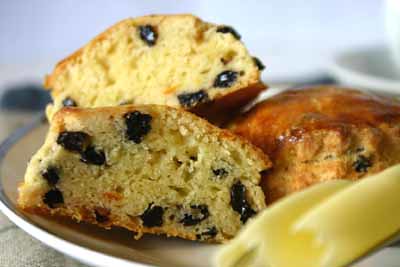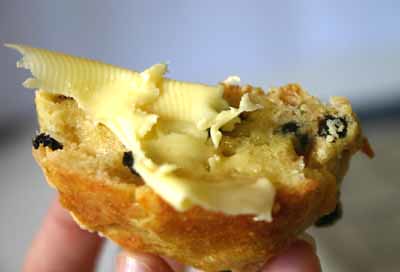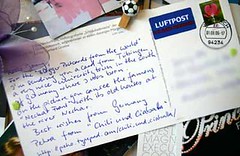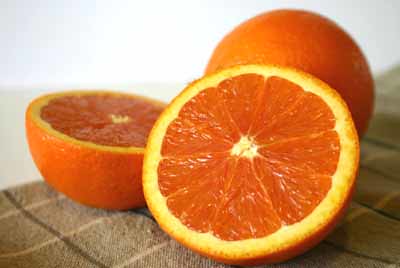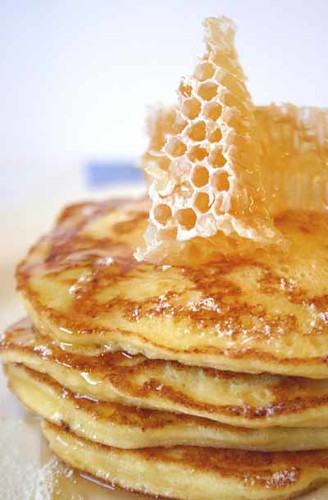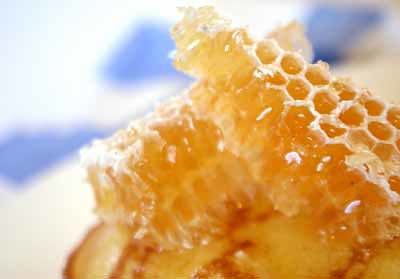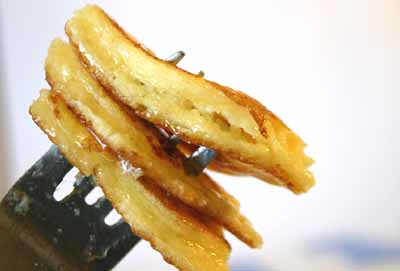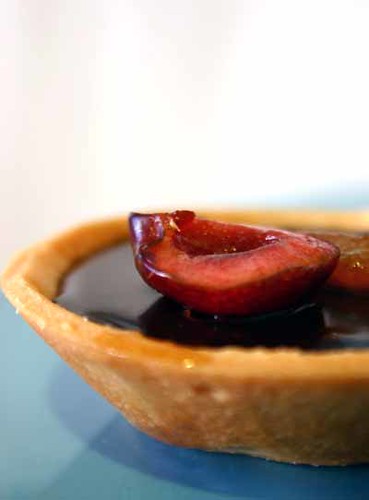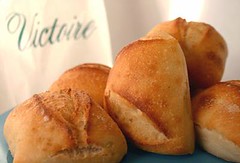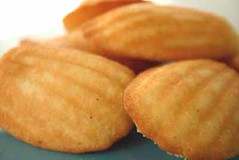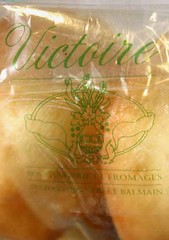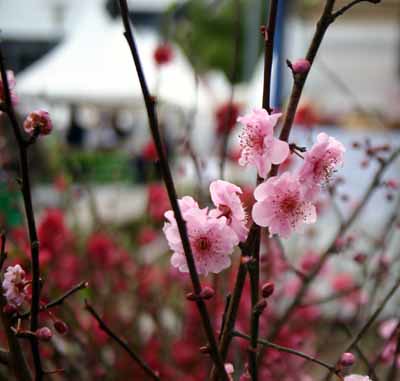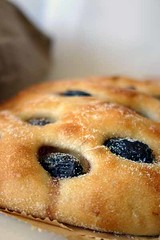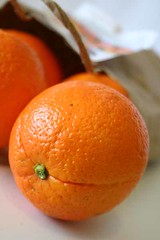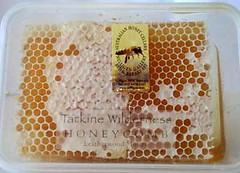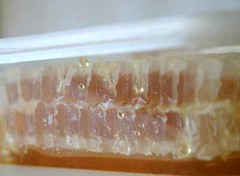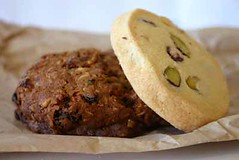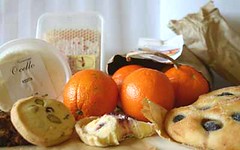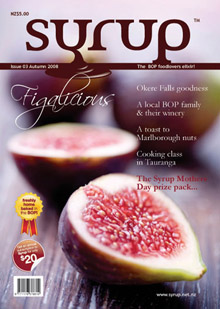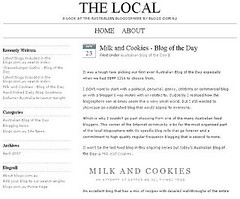Pumpkin and Sunflower Seed Scones
I heart scones. I never thought I would have to use this already vastly exploited phrase, but there really wasn't any other way of capturing my current scone attraction. I don't absolutely love scones, I won’t go gaga over them; I simply just heart them. It's probably a lot like telling someone gently you don't love them, but you do like them, a lot. And I hope that these scones don't take it the wrong way, I really do heart them. They make getting up in the morning much more bearable. And if it weren't for them, I would be an even bigger grump in the morning than I am now.
This newfound attraction to scones has come out of nowhere. I don’t know what exactly it is about them; and I wouldn’t say it has reached obsession stage, all I know is that I have had a penchant for baking them lately. I mean I shouldn’t look into it more than I ought to; sometimes I just have a need to bake. Maybe it’s their rustic nature and the fact it always reminds me of the countryside- rolling hills, flocks of sheep, all soothing visions. Or it could just be that scones are so easy to whip up. The general rule is, three parts dry to one part wet. How easy could that be? Or perhaps it is because they are so versatile. The plethora (I just needed an excuse to use that word) of possibilities to be had; thinking off the top of my head you could have spinach and fetta, cinnamon and currant, apple, lemon, ginger, lemon and ginger. An endless myriad of possibilities.
Since I have been up to my knees in work lately, all I have managed to make are these scones. They aren't much to look at; it isn't a magnificent hazelnut gateau or a sexy fig tart, and I guess they’re not supposed to be. If there were a Lamborghini and a Volkswagen parked next to each other, well the scones would be the Volkswagen, but that’s okay. I would happily take the VW, anyway it’s far less temperamental and attention-seeking. Okay, I am rambling on and I am aware that this analogy has been sufficiently explored. But just so you know, don’t expect a glitzy extravagant offering when it comes to scones, but do expect them to get the job done, which is satiate your hunger morning, noon or night.
Pumpkin and Sunflower Seed Scones
(makes 20 small scones)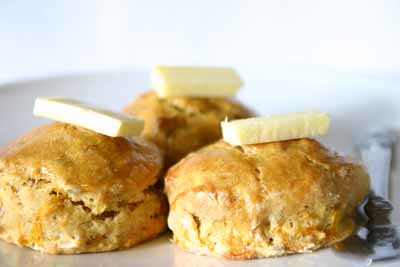
2½ cups plain all-purpose flour
½ tsp ground cinnamon
1 tsp baking powder
½ tsp baking soda
¼ tsp salt
½ cup cold unsalted butter, diced
½ cup sunflower seeds
1 cup grated pumpkin (jap or butternut)
½ cup orange juice
½ cup buttermilk
¼ cup honey
Egg Wash
1 egg
1 tbsp milk or cream
Preheat oven to 180°C. Line a baking sheet with parchment paper.
In a large bowl, sift flour, cinnamon, baking powder, baking soda and salt together.
Using a pastry blender, cut in butter until the mixture resembles coarse meal.
Mix in sunflower seeds and grated pumpkin until they have been well coated in flour.
Make a well in the centre of the bowl.
Mix together orange juice, buttermilk and honey in a separate measuring cup and then pour all at once into the dry ingredients. Mix until incorporated.
Transfer the dough to a lightly floured surface and roll out to approximately 3cm (30mm) in thickness.Using a cutter, cut out as many portions of dough as possible. Re-roll leftover dough and cut out more portions until all of the dough has been used up.Place scones on a prepared baking sheet at least 5cm apart.Whisk together egg and 1 tbsp milk and use this to brush the tops of the scones.Allow the dough to rest for about 10 minutes.
Bake in the oven for 10-15 minutes, until the tops are golden brown.Remove from oven and transfer to wire racks to cool.
Breakfast Bliss
These scones are also for Nandita's Weekend Breakfast Blogging event. She is away right now getting some R&R, but Pavani of Cook's Hideout has been elected to take the wheel for this round. Check out the round up soon.

